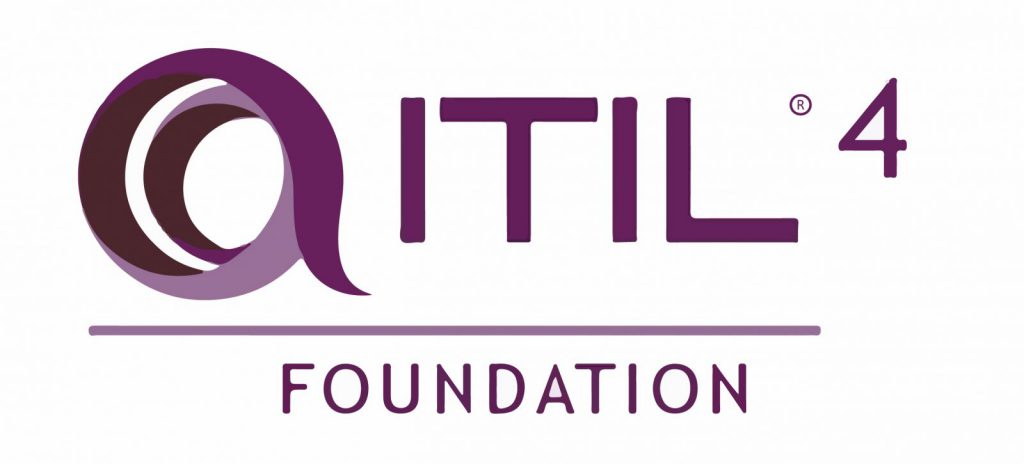Experience
Digital Transformation Lead, Tietoevry
May 2020 – present
Utilizing modern change management processes and frameworks, I belong to a team focused on helping customers in their journey through IT-related changes and guiding end users in adopting new ways of working.
Service Runtime Manager, Tietoevry
Apr 2019 – May 2020
Responsible for the delivery of Digital Workspace services for various customers. I am the customer’s main point of contact regarding Digital Workspace and ensure that we follow the agreement by e.g., following up on SLA’s. A main responsibility is improving our delivery in cooperation with the customer.
Delivery Coordinator, EVRY Sweden
Nov 2017 – Apr 2019
Worked as a Delivery Coordinator with responsibility for a Service Desk team working with customers in the public sector. Tasks were focused on daily operative management, including resource planning, monitoring SLAs and KPIs as well as cooperation with e.g., Service Managers, Account Managers and Change Managers.
Servicedesk Technician, EVRY Sweden
Feb 2016 – Nov 2017
Worked as a Service Desk Technician, primarily with customers from in the public sector. Tasks included both customer support via e.g., telephone and mail as well as responsibility for a specific customer, application development (primarily via C#) as well as analysis (often via SQL).
Coordinator, Förenade Care
Oct 2015 – Jan 2016
Working with refugees, primarily from Afghanistan. Assignments included delegating tasks, communicating with external parties, and not least communication with and support of the refugees. My knowledge of Dari and Persian, as well as Arabic, was crucial on a day-to-day basis.
Research Assistant, Stockholm University
Feb 2014 – Dec 2014
Working on a project on linguistic typology as well as .NET-development.
Assistant Application Developer, EVRY
Jul 2012 – Aug 2012
Summer job, developing .NET applications for internal use, including web-based management solutions.
Education
Serbian/Bosnian/Croatian, Uppsala University
2023 – now
Currently aiming for a Bachelor’s degree.
Teacher’s Program for School Years 7–9, Dalarna University
2022 – now
Subjects: Mathematics and Swedish as a secondary language
Master’s Degree (two year), Linguistics, Stockholm University
2013 – 2015
Specializing in Typology and Linguistic Diversity
Thesis: Grammatical Gender in New Guinea
Master’s Degree (one year), Linguistics, Stockholm University
2013 – 2014
Specializing in Typology and Linguistic Diversity
Thesis: Discourse Markers in Dardic Languages: Palula ba and ta in a comparative perspective
Arabic Language with Middle Eastern and North African studies
2012 – 2014
Specializing in the Arabic language with courses in Middle Eastern and North African literature, history, religions and societies.
Bachelor’s Degree, Linguistics, Stockholm University
2011 – 2013
Specializing in General Linguistics.
Thesis: Selected Topics in the Grammar of Nalca
Certificates

ITIL Foundation v4 (September 2019)
Peer-reviewed publications
Gender in New Guinea
Grammatical gender and linguistic complexity I: General issues and specific studies. Berlin: Language Science Press.
Link: http://langsci-press.org/catalog/book/223
The present study classifies gender systems of 20 languages in the New Guinea region, an often neglected area in typological research, according to five criteria used by Di Garbo (2014) for African languages. The results show that gender in New Guinea is diverse, although around half of the languages have two-gendered sex based systems with semantic assignment, more than four gender-indexing targets, and no gender marking on nouns. The gender systems of New Guinea are remarkably representative of the world, although formal assignment is underrepresented. However, the gender systems of New Guinea and Africa are very different. The most significant difference is the prevalence of non-sex-based gender systems and gender marking on nouns in Africa, whereas the opposite is true in New Guinea. Finally, four typologically rare characteristics are singled out: (1) size and shape as important criteria of gender assignment, with large/long being masculine and small/short feminine, (2) the co-existence of two separate nominal classification systems, (3) no gender distinctions in pronouns, and (4) verbs as the most common indexing target.
Bisyndetic Contrast Marking in the Hindukush: Additional Evidence of a Historical Contact Zone
Journal of Language Contact – 2017
Co-authored with Henrik Liljegren (Stockholm University)
Link: http://booksandjournals.brillonline.com/content/journals/10.1163/19552629-01002010
A contrastive (or antithetical) construction which makes simultaneous use of two separate particles is identified through a mainly corpus-based study as a typical feature of a number of lesser-described languages spoken in the Afghanistan-Pakistan borderland in the high Hindukush. The feature encompasses Nuristani languages (Waigali, Kati) as well as the Indo-Aryan languages found in their close vicinity (Palula, Kalasha, Dameli, Gawri), while it is not shared by more closely related Indo-Aryan languages spoken outside of this geographically delimited area. Due to a striking (although not complete) overlap with at least two other (unrelated) structural features, pronominal kinship suffixes and retroflex vowels, we suggest that a linguistic and cultural diffusion zone of considerable age is centred in the mountainous Nuristan-Kunar-Panjkora area.